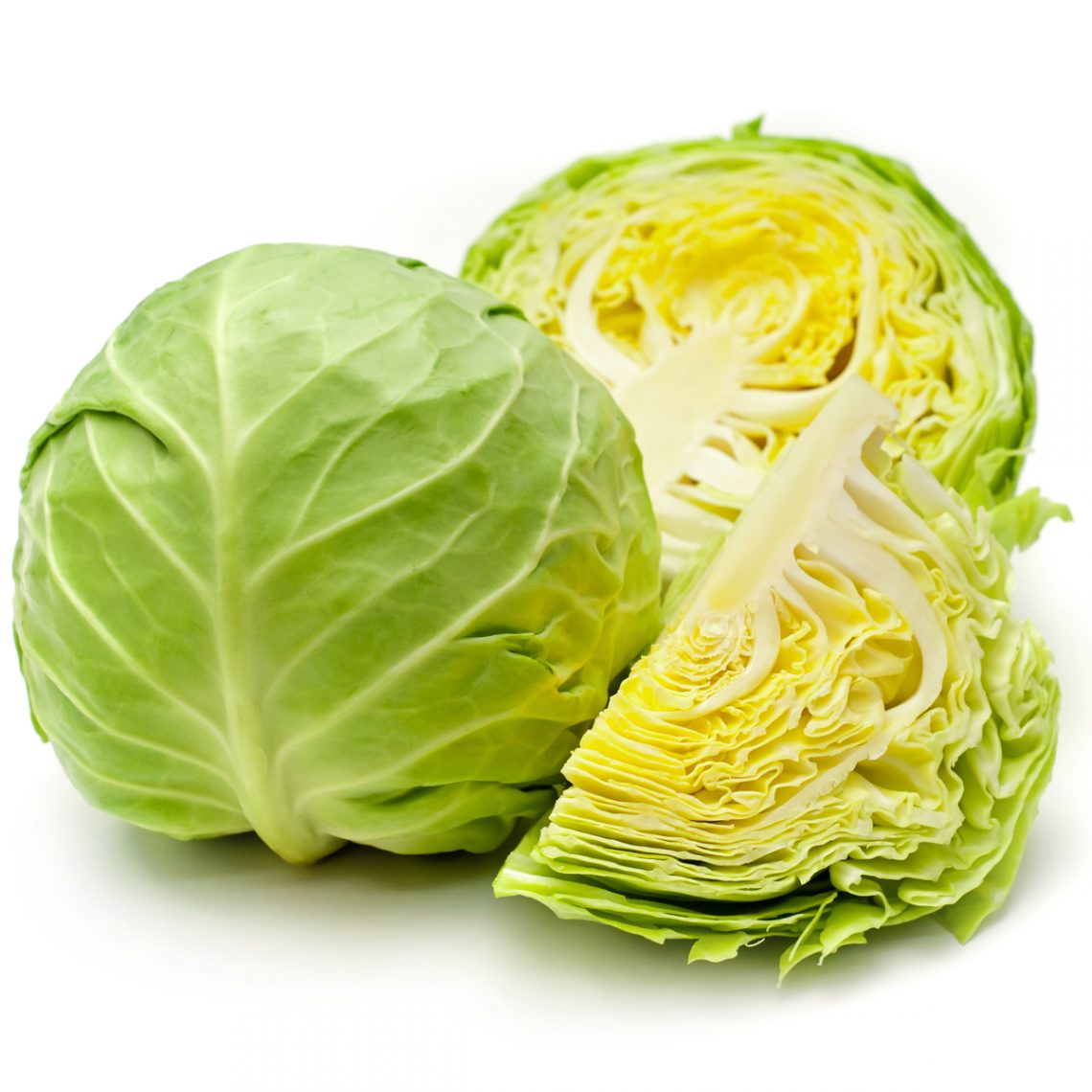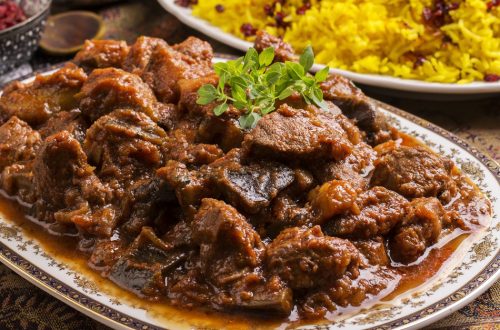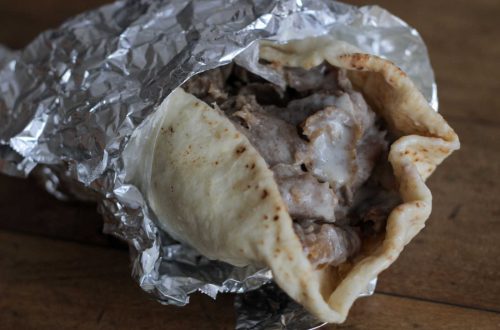
Dispatch from the Cabbage Patch
My friend Tom suggested I was missing an opportunity to extol the glories of cabbage, especially during the week of St. Patrick’s Day when boiled cabbage and corned beef reigned. As for cabbage, we’re talking about a vegetable that, to borrow a phrase from Rodney Dangerfield, “don’t get no respect.” I should note that Tom grew up near Kansas City in an area with a large number of German immigrants. He remembers his mother’s cabbage simmering on the stove, He doesn’t know how she prepared it; he only remembers the wonderful aroma and the anticipation of a wonderful dinner. As for me, I didn’t develop a youthful relationship with cabbage. My only connection was the occasional sauerkraut and hot dog dinner or some coleslaw at a summer cookout.
For background, cabbage belongs to the same family as cauliflower, broccoli, and brussels sprouts, and is one of the oldest known cultivated vegetables. The original wild plant, the sea cabbage, still grows in some areas of Europe. It has a spindly head and looks more like kale, that trendy cabbage cousin. Cabbage was valued by the ancient Egyptians, and the ancient Greeks cultivated the headless variety and ascribed its origin to their god Zeus’ sweat. Romans thought it was a protection against drunkenness. The first recorded U.S. plantings occurred around 1670, with the immigrant cabbages probably brought by German or Low Country immigrants.
I’ve learned that preparing vegetables from this family requires a little more care and preparation than peas or green beans. Braising them slowly over low heat with a little fat (especially if it’s bacon) and a good broth often produces a great dish. (One local restaurant uses Guinness beer in its broth for St. Patrick’s Day dinner.) To the braising cabbage, add some bacon or other smoked meat or sausage, and you are looking at a satisfying main dish. Southern cooks are well known for their cabbage braise, often spicing it with some red pepper flakes or Old Bay or Cajun seasoning. I might try a similar approach to cabbage, thanks to Tom’s prodding.
Over the years, I’ve tried other more complicated cabbage recipes. The first I can remember was a stuffed whole cabbage based on a recipe from a work colleague. Turns out that cuisines all over the world have their own version of cabbage main meals. Consider a pancetta, cabbage, and pasta soup. An old peasant dish from the Auvergne region of France is a cabbage galette. Here’s a sauté recipe using Moroccan spices: cumin, paprika, cinnamon, coriander, and ginger.
As you might expect, India has its own favorites: Punjabi cabbage is a slow-cooked sauté spiced with ginger, chilies, cumin, turmeric, coriander, and chili powder. Southern India favors a stir-fry with mustard seeds, cumin, garlic ginger, and serrano chilies. And what else might you expect from China’s Shandong province, but sweet and sour cabbage, or the Japanese approach, a prawn and savoy cabbage gyoza.
So let’s give this vegetable not only a little respect, but maybe give it a try. Do you have your own cabbage favorite? How about sharing?
To comment, please click on “Read in Browser” or on the headline to view the blog on the website. You can log in and comment at the end of the blog to share your thoughts and start a discussion.
If you’d like to share the blog, click on the Facebook icon or one of the others. Thanks!





2 Comments
KC Swallow
A family favorite is Julia Childs’ pork with braised red cabbage. It elevates cabbage to gourmet fare!
kettleso
What is it about the cabbage preparation that makes this such a fabulous dish?
Farmboy